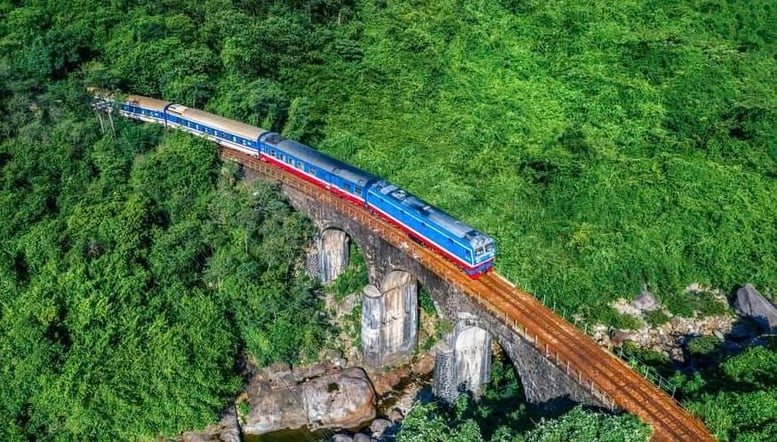
There needs to be a common mechanism applied to a number of urgent railway projects such as the Hanoi - Dong Dang, Hai Phong - Ha Long - Mong Cai and Thu Thiem - Long Thanh routes.
The National Assembly issued two resolutions related to the investment policy for the high-speed railway line on the North-South axis and the Lao Cai-Hanoi- Hai Phong route, along with a resolution on specific mechanisms and policies to develop the urban railway network in Hanoi and Ho Chi Minh City.
However, other railway routes in the planning such as: Hanoi - Dong Dang, Hai Phong - Ha Long - Mong Cai, Ho Chi Minh City - Can Tho , Bien Hoa - Vung Tau, Thu Thiem - Long Thanh, Suoi Tien - Thu Dau Mot... also need similar mechanisms and policies, with specific and superior characteristics like the resolutions passed by the National Assembly, to meet the requirements on investment progress and efficiency.
Need common mechanism
In particular, there needs to be a common mechanism applied to a number of urgent railway projects such as the Hanoi - Dong Dang, Hai Phong - Ha Long - Mong Cai and Thu Thiem - Long Thanh routes.
The goal is to mobilize maximum social resources, shorten procedures, and investment preparation time, accelerate implementation progress, and prepare human resources for project implementation. At the same time, strengthen decentralization and delegation of authority to localities in implementation organization, in accordance with the development characteristics and actual conditions of each locality, promote proactive role, and ensure investment efficiency.
According to the Ministry of Construction, the total investment cost for national railway projects is estimated at more than 2.2 million billion VND from the state budget.
For the urban railway system in Hanoi and Ho Chi Minh City, the capital demand is about 3.3 million billion VND. Of which, the central budget supports a target of nearly 510 billion VND. Hanoi City plans to allocate more than 1.17 million billion VND, Ho Chi Minh City about 1.5 million billion VND.
Removing resettlement obstacles, allowing designated contractors
To meet the above requirements on resources and progress, the Draft proposes many mechanisms for mobilizing and allocating capital for national and urban railway projects; adjusting planning; dividing projects into component projects and sub-projects; shortening investment procedures and processes; applying the urban development model associated with transport (TOD); effectively exploiting land funds and added value from land in the area surrounding the station.
The draft also stipulates contents related to urban development according to the TOD model; organizing architectural design competitions; implementing activities before making investment decisions; performing many tasks simultaneously in the investment preparation stage; selecting contractors and investors; performing contracts; establishing overall technical design (FEED); total investment, construction estimates and bid package estimates.
In addition, the Draft mentions compensation, support, resettlement; planning of waste disposal areas, construction materials; development of science and technology, human resource training, supporting industries and technology transfer. At the same time, it ensures measures to prevent corruption, waste and negativity.
To mobilize diverse resources, the Draft assigns the Prime Minister to decide on the use of capital sources such as issuing Government bonds, ODA capital, foreign preferential loans, increased revenue and expenditure savings... for railway projects.
The draft regulates the exploitation of land funds and added value from land in the area around the station, urban development according to the TOD model to create investment capital to return to the railway system.
In addition, the Draft proposes to simplify procedures for using foreign preferential loans and procedures for adjusting planning for TOD urban areas. Provincial People's Committees are authorized to decide on technical standards and land use standards in TOD development areas to optimize land use efficiency.
Regarding compensation, support and resettlement, the Draft clearly states the responsibility of Vietnam Electricity Group in relocating power projects of 110kV or higher. Provincial People's Committees are allowed to carry out resettlement work in advance, and apply direct bidding for consulting, non-consulting and construction packages during this process.
For urban railway projects, especially TOD projects, the provincial People's Committee can separate compensation, support and resettlement work into an independent project, without having to carry out investment policy decision procedures.
PT
Source: https://baochinhphu.vn/can-co-che-vuot-troi-cho-cac-du-an-duong-sat-cap-bach-102250506150841446.htm


![[Photo] Ho Chi Minh City holds funeral for former President Tran Duc Luong](https://vphoto.vietnam.vn/thumb/1200x675/vietnam/resource/IMAGE/2025/5/24/9c1858ebd3d04170b6cef2e6bcb2019e)




![[Photo] The Government Standing Committee works with ministries and branches on the real estate market situation.](https://vphoto.vietnam.vn/thumb/1200x675/vietnam/resource/IMAGE/2025/5/24/e9b5bc2313d14c9499b8c9b83226adba)
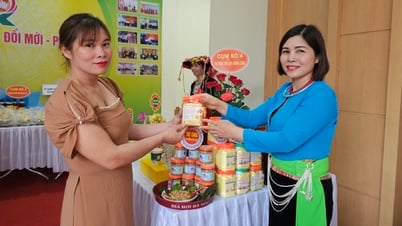


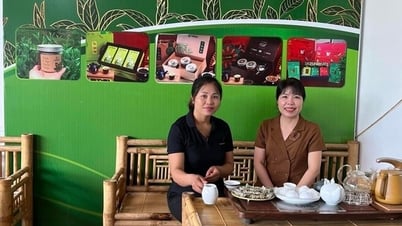
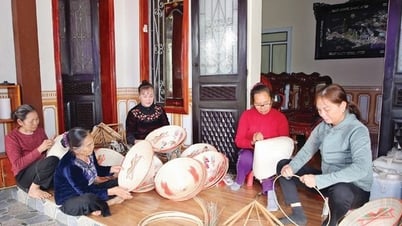









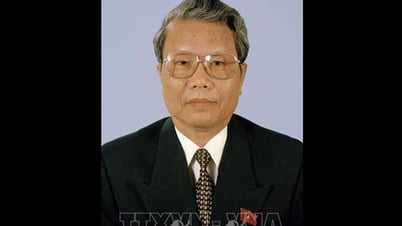
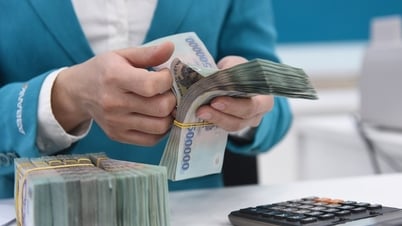
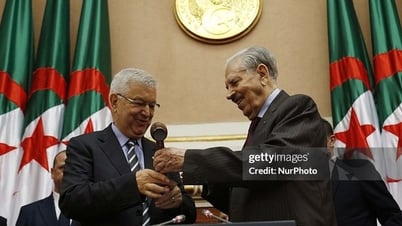
![[Photo] Party and State leaders visit former President Tran Duc Luong](https://vphoto.vietnam.vn/thumb/1200x675/vietnam/resource/IMAGE/2025/5/24/960db9b19102400e8df68d5a6caadcf6)


































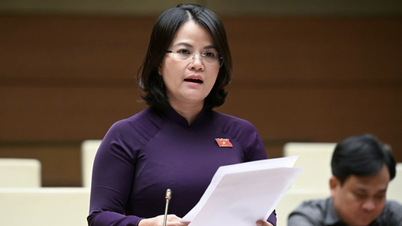
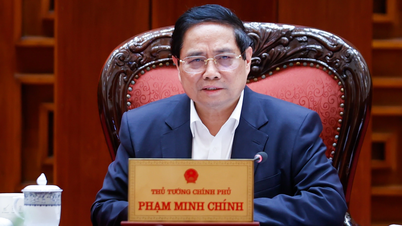










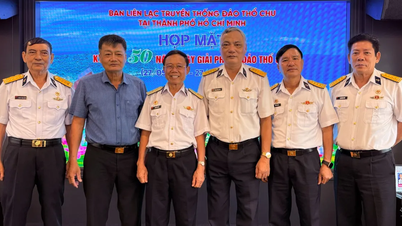






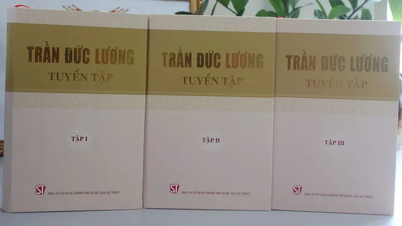
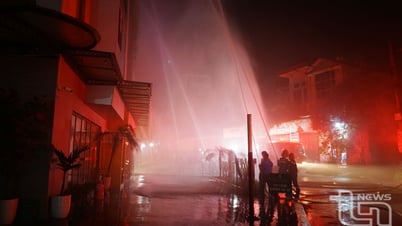












Comment (0)